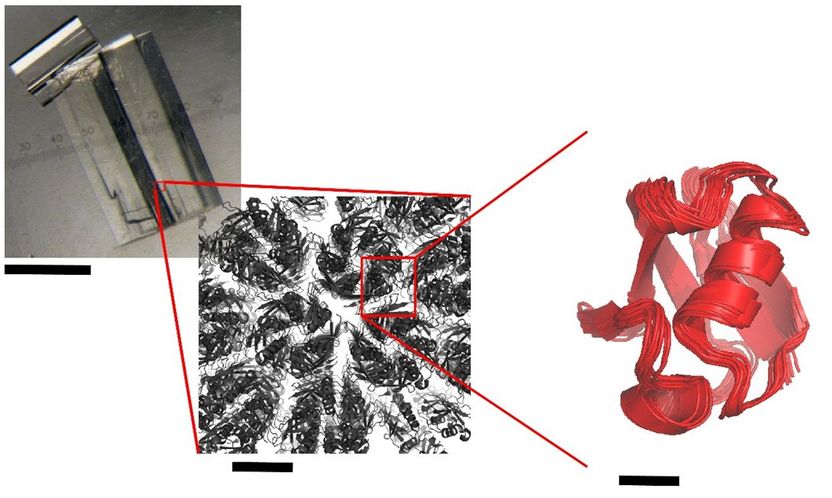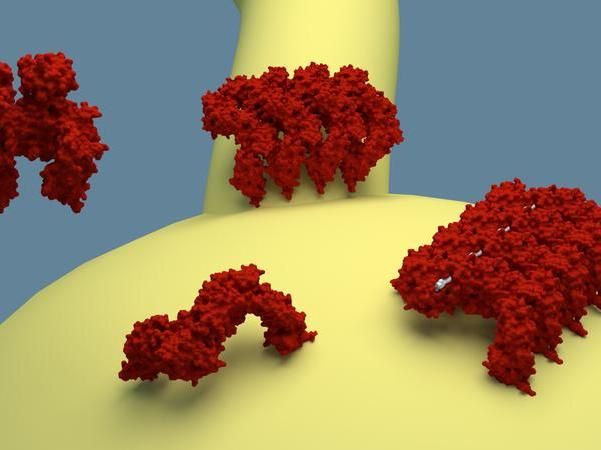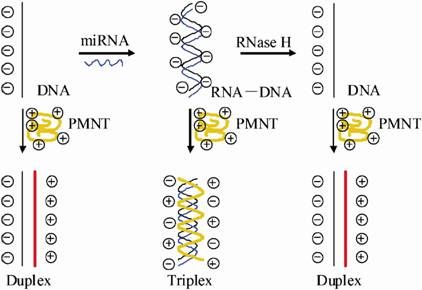Henry Ford's idea revisited in DNA copying
Researchers at the University of Dundee have made a significant new discovery about how cells copy their genetic information accurately and efficiently to avoid cancers and other diseases, as reported in the scientific journal Cell, published on 30th June.
Dr Tomo Tanaka, Professor Julian Blow and their team member Dr Etsushi Kitamura at the University's School of Life Sciences, discovered that, contrary to conventional views, the machinery that copies DNA stays fixed inside the cell whilst the DNA being copied has to move.
DNA is a string-like material found in our cells, which encodes all our genetic information. For the genetic information to be properly inherited, a cell must copy its DNA using a specialized copying machine before it can divide into two daughter cells. It was originally thought that the DNA copying machine moves along the DNA as it is copied.
Dr Tomo Tanaka says "We can liken the process that we have discovered in cells to an assembly line for making cars, invented by Henry Ford and his engineers. It was a revolutionary idea in industry that products move along a line and engineers stay at fixed places to assemble them. This achieved much more accuracy and efficiency in manufacturing products."
"Similarly cells can copy DNA accurately and efficiently by moving it through a stationary copying machine, rather than by moving the copying machinery along stationary DNA. Because errors in DNA copying cause human diseases such as cancers, it is crucial to understand how our cells organize the copying of DNA in space and time".
Dr Tomo Tanaka and Professor Julian Blow are Principal Investigators in the Division of Gene Regulation and Expression in School of Life Sciences at the University of Dundee.
Professor Angus Lamond, Head of the Division of Gene Regulation and Expression said "Cancer is a disease caused by cells dividing and multiplying out of control. This latest advance is a wonderful example of how genetic research in Dundee is leading the way in understanding how cells divide and therefore helps us understand the basic causes of cancer. Future cancer treatments will build upon this improved understanding of what has gone wrong."
Most read news
Organizations

Get the analytics and lab tech industry in your inbox
By submitting this form you agree that LUMITOS AG will send you the newsletter(s) selected above by email. Your data will not be passed on to third parties. Your data will be stored and processed in accordance with our data protection regulations. LUMITOS may contact you by email for the purpose of advertising or market and opinion surveys. You can revoke your consent at any time without giving reasons to LUMITOS AG, Ernst-Augustin-Str. 2, 12489 Berlin, Germany or by e-mail at revoke@lumitos.com with effect for the future. In addition, each email contains a link to unsubscribe from the corresponding newsletter.
More news from our other portals
Last viewed contents

Imprisoned molecules move - Crystal cage does not hinder molecule movement
Scientists identify a candidate gene for osteoporosis - Gene may underlie differences between African Americans and Caucasians
























































